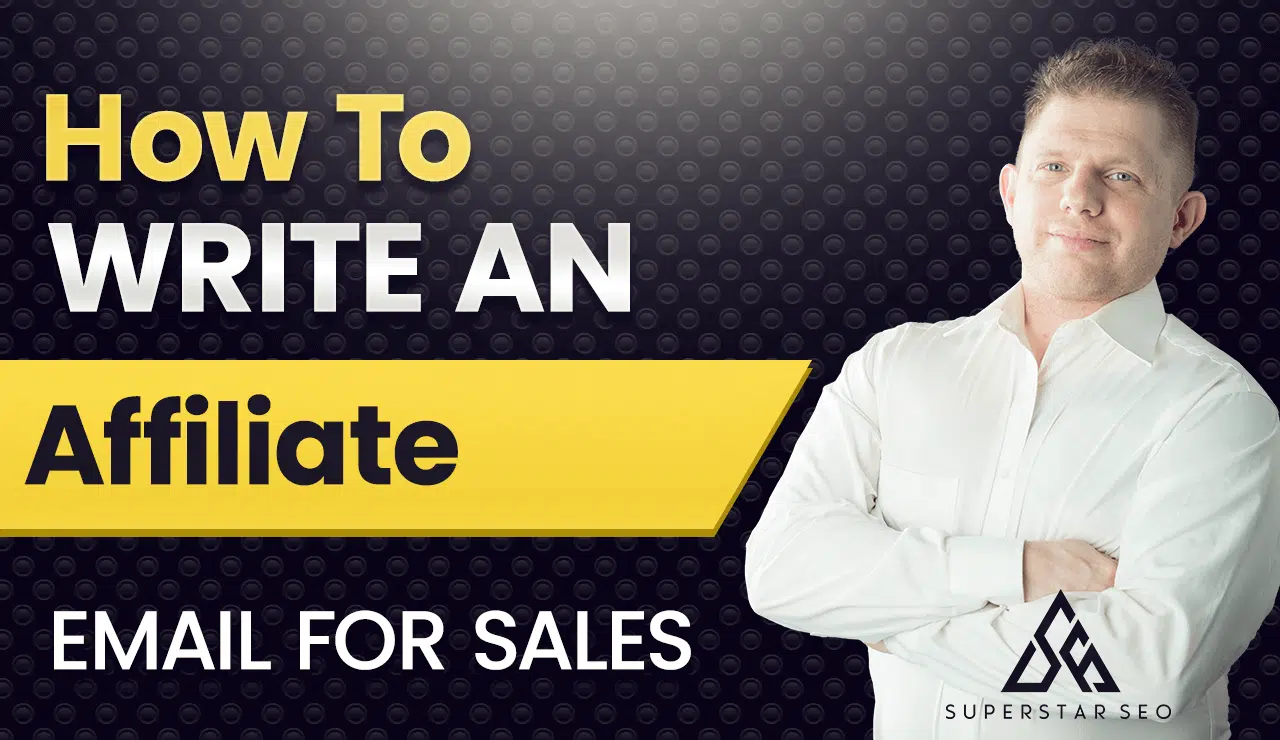How To Write An Email For Affiliate Marketing
We assume that just about everyone reading this post is familiar with the term and practice of affiliate marketing. Many affiliate marketers soon realize that one of the keys to improving their affiliate sales is to start building an email list.
Sending bulk emails can be automated using one of the many types of autoresponder software out there; the real skill is writing these emails. Unfortunately, so many internet marketers and affiliate marketers, in general, are getting it wrong.
In this post, we’ll talk about using cold emailing for affiliate marketers. We’ll go into a couple of common terms, talk about what makes an email stand out to a recipient and why doing certain things is a good idea.
Generally speaking, an email that’s drafted for affiliate marketing needs to have the following ingredients:
• A click-worthy subject line
• An opening sentence that keeps them (subscribers, recipients, etc.) reading on
• Valuable content and which also does an effective job of building a relationship
• The closing sentence
How Does Affiliate Email Marketing Work?
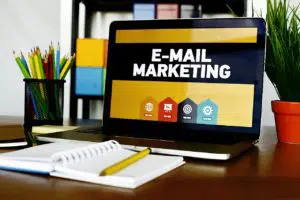
To fully understand what makes one type of email better than another, something we’ll get into later on, it is important to start with knowing the purpose of email campaigns.
It is a digital marketing strategy that mainly centers around building a relationship with the person getting your email. Generally, it is going to be several dozen people, many of whom you don’t even know personally but they may read your blog post, or watch you on YouTube for instance.
The goal of any email marketing campaign is to turn prospects into buyers. The emails are meant to warm “them” up by building a relationship. This relationship can be with existing buyers or those who may sign up for your newsletter or receive alerts.
Writing an effective affiliate marketing email will require knowing what type of relationship you hope to build with the prospect. That’s why just one email isn’t going to do anything; what you need is to build a campaign, often with multiple emails.
New technologies like chatbots lead some in the industry to assume that emails for affiliates are no longer relevant, when in fact, that’s not the case. Recent internet marketing data shows that email marketing continues to be ranked as an effective marketing channel.
A study in 2017 demonstrated that around 85% of people were still using email compared to 70% who were using search engines and 63% of whom were on social media. So, the majority of people are still apparently checking their emails.
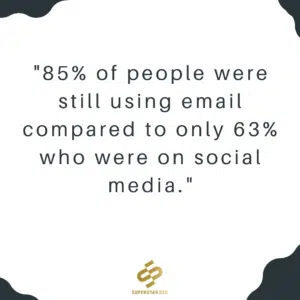
What Defines An Effective Email Campaign?
While there are quite a few different methods of drafting a pretty effective affiliate marketing email, some people may lean in favor of using one technique over the other. Also, some techniques may work for a specific type of audience, depending on your niche.
In this article, we’ll go over the methods that are most commonly used by successful email marketers and affiliate marketers. That said, you are free to experiment and find what works best for your niche.
The Email Should Offer Value Not Just Affiliate Links
Think why anyone would want to read your affiliate marketing email? If anything, that is the first question that you need to ask yourself.
Like your time, other people value their time too. As an affiliate, you probably receive north of a dozen emails each day, but we’re pretty sure you’re not reading most.
So, why should anyone bother reading your email?
People will only open and stick around to read an email that they think offers value. The value can be in the form of knowledge, like maybe learning something. The value can also be in the form of entertainment, like if they enjoy reading your email. It could also be how to get free products.
So, you need to think about what type of value your email is offering a prospective reader. That’s the first step to getting them to click and read your email.
The Building Blocks Of Your Autoresponder Campaign

Autoresponders have been used for a very long time and are handy for automating email marketing campaigns. What that means is you draft the emails once at the beginning and then schedule when they should be sent out to a list of subscribers.
Once the autoresponder is set up, there is nothing much else for you to do beyond that except track your email campaigns.
Track Your Emails
It is important that you know the value of tracking the emails you send.
The information you collect should include:
• How many people are opening up the email?
• How many people clicked on those links in the email?
• Every email should have a tracking link for each affiliate link
The above information will help you track the effectiveness of your email marketing campaign. More importantly, it will help you design improved future campaigns.
Types of Autoresponder Messages
Autoresponder messages are a big part of your email marketing campaign, especially if you are an affiliate marketer. The email will follow a planned sequence that builds upon the last one sent out.
There are quite a few different types of autoresponder messages. We’ll go over some of the most commonly used ones below:
A Personality Autoresponder Email
The email will tell a story drawn from your life experience, where you may have solved a problem or used a technique to overcome a physical issue. It will and should in some way connect with your niche, assuming the reader has the same problem.
You can then have a link or affiliate link with tracking to the product you’re recommending, aka selling.
The email can conclude by mentioning the product that you want to promote, which solves the person’s problem. But make sure that it does not blatantly sell the product.
The Value Proposition Email
The email will usually start by discussing the problem, touching upon the most painful pain points. Write emails that tell a story that the reader can easily relate to but isn’t blatantly selling anything.
Then by the end, the email touts the product or service as being effective when it comes to solving the problem.
Make sure that the email is non-pushy.
Product Email

At this point, readers have already been introduced to the product you are selling. So this email can have as much information about the product as you can think of.
If videos and pictures are applicable along with text, then add those to explain the product.
You can also have a prominent call to action in the end.
The Sales Email
It is generally the final three emails in the sequence that pitch the product. The goal here is to go from soft selling, which you’ve been doing with the previous emails, to a bit of a push.
You can also go for a hard sell, while some experts advise going back to the original story about how you found the product helpful. It is really a toss-up based on what you’re selling in our experience.
If you have a sales video, include that too.
Follow-up Email
Usually, the message in this email gives prospects the last chance to buy. It does not have to be aggressive; maybe act surprised that the customer hasn’t purchased yet.
The follow-up email offers a one-time-only discount just to nudge the prospect over the line. The idea behind a follow-up email isn’t to be pushy but to make a point.
Bridge Email
It is a message that has a great deal of content, offering the reader value and possibly giving away something for free. It can be an e-book, a free trial of your software, or a membership.
Remind the reader they enjoy reading your emails. Think of this as being the email that links selling product A to your next product.
How To Write Effective Autoresponder Email Sequences For Affiliate Marketing?
Think about the fact that there are only two reasons why your members or subscribers will open up the emails you send them:
The Relationship
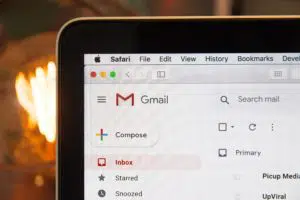
If you can build a relationship where subscribers open your email because they think you are worth it, then you’re on the right track.
Think about whose emails you’re opening up in your mailbox? You’ll find that there are only a few emails that you open.
The relationship you will want to build with your email list or subscribers is that they can always expect something good from you. Whether it is free information, hints, and tips, etc.
Habit
You might think that this is a little crazy but bear with us. In psychology, experts use a term called ‘operating conditioning.’
It is a method of figuring out where your subscribers are subconsciously being trained to take that action, like opening the email, which leads to a reward.
Once you go through a few email sequences where they have been rewarded, they will open to read that email as soon as they see an email from you.
What To Consider When Drafting An Email Sequence?
In this section, we’ll cover what you need to consider when drafting an email for potential buyers and current subscribers. We’ll go a little into the technical aspects too.
Structuring the Email
Just about every email you send out, which includes affiliate marketing emails, will share a common structure.
Subject Of The Email

Now, to us, this is one of the most important parts of drafting a successful affiliate marketing email. You want to ensure that the subject line nudges or motivates someone to open the email.
In our experience and those of many affiliate marketers, there are multiple techniques that can be used. Some techniques may work better than others in a couple of niches.
Your subject line should ideally reveal what the recipient has to gain by clicking to read the email. However, you’d want to avoid statements like “You can’t miss this,” that’s because it appears spammy and also means it ends up in the spam folder.
Try out a few different subject lines on friends. Then find which one motivated them to open the email. This type of testing isn’t common but is highly effective.
It is worth taking the time to test your subject line because, without an alluring one, nobody is going to read that killer email you spent hours drafting.
The Opening Line
We have found that it is always a good idea to acknowledge that the reader made a good decision with a greeting before getting right to the meat of what you’re proposing.
Once a relationship has been established with the reader, the opening can be dropped, except for if you’re using Personality Emails (one of the five types we talked about earlier).
The Body
It is where you will be laying out the meat of your email. What you write in the body will vary depending on the type of email you’re sending.
In our experience, the body should be as concise as possible. Think about the fact that most people who are opening your email are already busy people, so “War and Peace” isn’t going to cut it. Some people may just scroll to see the length of the email, and if it’s too long for them, decide to close it.
You can make the Product Email a little longer to describe the product in more detail, but that’s an exception for some types of products, and for readers with whome, you already have a very good relationship.
The Closing
Similar to how you open your email, it should close in a similarly friendly way. Not many marketers think much about closing, but it is important, especially if you want the reader to open the next email you send.
You can maybe give them a bit of a cliff-hanger so that they eagerly await your next email. Steer clear of a blatant call to action, instead make it appear more like a friend suggesting a product instead of a used car salesman’s pitch.
You May Also Like: Long Tail Keywords For Affiliate Marketing
Common Affiliate Email Writing Errors
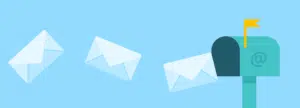
At the most fundamental levels, you want to avoid grammar errors when writing emails. We’ve made a brief list below to help you avoid these common errors when writing your own emails.
Not Using Oxford Commas
It is a mistake we see many affiliate marketers make with their emails, which makes them harder to understand. So, what is an Oxford Comma?
When you are listing out items, an Oxford Comma is the last comma in the list. In many instances, not adding this comma can change the idea you’re trying to communicate.
Here is an example: “We have a sizable selection of branded shoes, nail polish, faux leather bags, and much more”. The comma before “and” in the sentence is an Oxford comma. Excessive Hedging
We stand in favor of avoiding hedging, especially with affiliate emails. Hedging words include: “Believe, Think, Maybe, Assume, Possibly, Appear to be, etc.
The best approach is to be clear right off the bat and tell the reader what you mean. Using hedging will make you sound less of an authority and more like someone whose reporting on somebody else’s experiences.
Long and Unclear Emails
Nobody wants to read a 1000-word email! A few may just take a deep breath and skim through it. However, the majority of people will just skip the email.
The best way to approach any affiliate marketing email is to summarize what you want to say. Focus on the purpose of the email, eliminate unnecessary words and keep your sentences short.
Finally, welcome the reader to ask questions.
Too Casual For Your Own Good
You should choose not to be too casual with your emails. After all, this is a business email. Sure, friendly is fine but don’t be too presumptuous.
On the flip side, you also want to avoid being too formal either since it may come across as pushing the reader away. So, find a middle point where you can be approachable but not at the pretense that you’re buddies.
Cliches
Now, most affiliate marketing emails will follow a basic structure that makes it hard to avoid using cliches entirely. Sometimes what you say may also be assumed by the reader as the use of a cliché.
However, there are a couple of cliches you may want to actively avoid:
• Thank you in advance
• Please find the attached…
• I look forward to hearing from you
• Sorry for replying late
• To whom it may concern
• I hope you’re well
• As per our previous conversation
If you want to use these, maybe reword them into something that sounds more authentic.
Related: Email Subject Lines That Work
Avoid Repetition
You always want to avoid using the same words multiple times in the same sentence or even a paragraph in the email.
Repetition does not help with being concise.
Using Robotic Language
You want to focus on writing as you speak. The emails shouldn’t sound like something out of a textbook.
Nobody speaks like they were reading a textbook, so why would you use language like that.
Don’t Go Overboard with Exclamation Points

Sure, the content may excite you as you write it, we understand that, but too many exclamation marks aren’t going to convey that excitement to the reader
Our rule of thumb is to never use more than two exclamation points in a single email.
Make Your Emails Stand Out
In this section, we will go over a few things that will make your emails stand out. If anything, they will ensure that people love reading them.
People Love Something Positive

You will want to avoid being overly negative in your emails. Also, neutral isn’t good either.
Positivity is highly infectious, and that’s the route you should take. It should come across that you believe what you are saying and selling.
Make sure to read the email, and if it sounds even slightly negative, redo sections of it so that it at least sounds slightly positive.
Follow Up
When drafting an autoresponder sequence, ensure that you also follow up within 24 hours of sending a sales email.
Sometimes the original email may have been overlooked, which is why the follow-up needs to be dispatched.
Make The Email Attractive
Give the visual aspect of your email some attention. Use large fonts to be read on smaller screens, use colors to highlight specific sections you want to draw attention to, and add graphics where appropriate.
Final Word
Drafting an effective email for affiliate products takes some getting used to. If you are new to it, we can guarantee that it will take some trial and error. Fortunately, this article will help you avoid many of the most common errors.
If anything, following this rather brief guide should ensure that your email turns out a lot better than it would have. However, for anyone serious about affiliate marketing, it is important to get training because trial and error can waste a lot of time and money.
At Legiit, we are home to affiliate marketers and SEO professionals alike. Our goal here is to help you avoid a lot the errors by hiring a professional. That said, the Legiit Blog is packed with lots of free, juicy information too.



